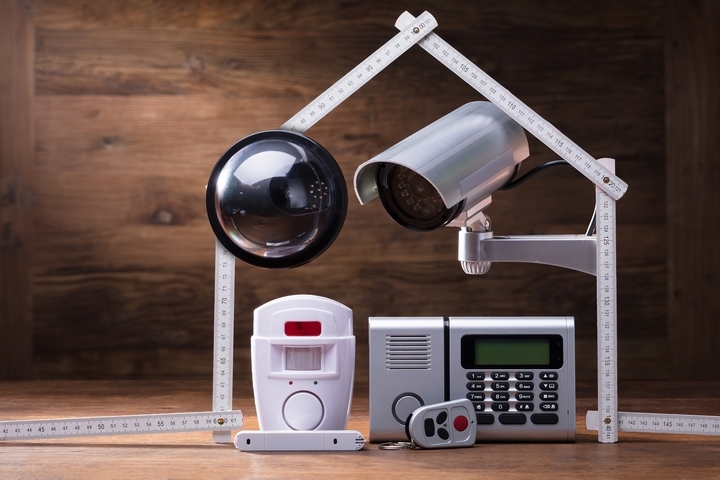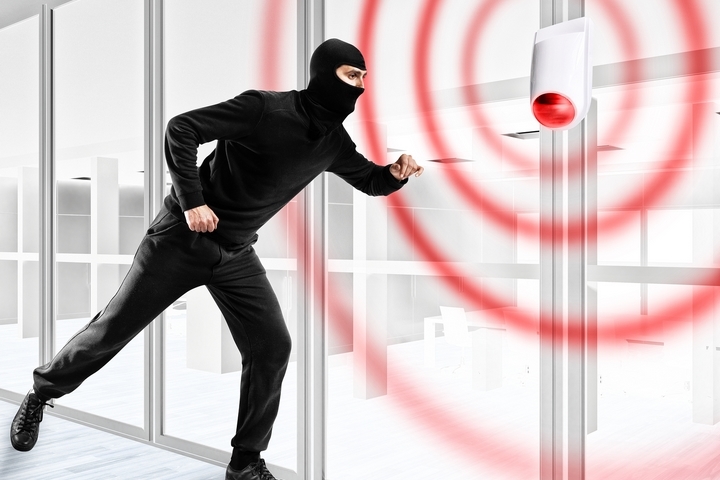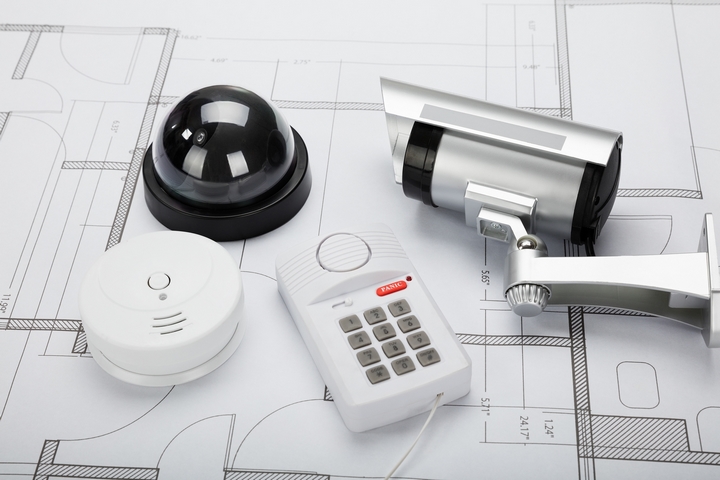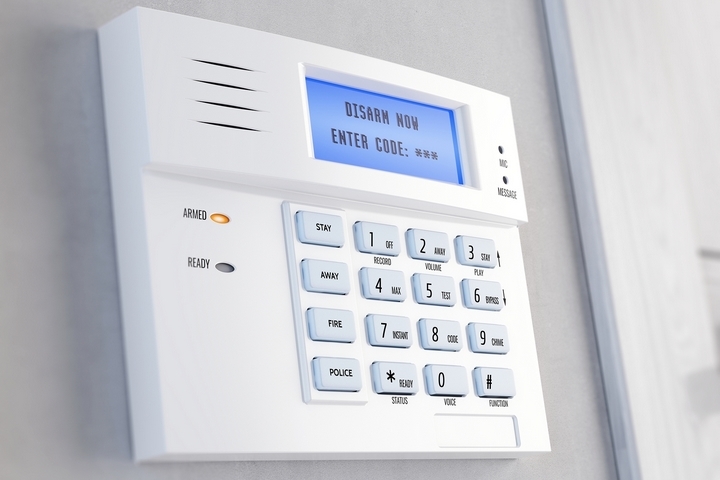3 Common Questions About Driveway Alarms

A driveway alarm is meant to detect vehicles or pedestrians when they enter a property using the driveway. It’s often installed as part of a home security system that might include other useful components like automated lighting and HVAC control, security, energy efficiency, and more.
A driveway alarm has two main parts: a receiver and a sensor. The driveway motion sensor detects the people or vehicle on the driveway and the receiver alerts the owner of the property as to this detection. Wireless systems have a third component: a transmitter that sends the wireless alert signal from the sensor to the receiver. Keep reading to learn about the answers to some common questions about driveway alarms.
1. What do I need to know about transmission range?

When you’re looking to buy a driveway alarm, you will need to figure out the maximum range that will be between your receiver and sensor. In most driveway alarm names there is usually mention of the range, like “2000 ft Range Deluxe Driveway Alarm.” This means that under perfect conditions, the most range you will get is 2000 feet. If there are a lot of things in between them, like bushes, trees, wood, or drywall, you will need to quadruple how much range you will think you will need.
For example, consider the scenario that your house is placed in the middle of your property and you want to keep the receiver in your office. The sensor will be placed at the end of your driveway. The edge of your property is 200 feet from your office, and there is a slight change in topography as well as some landscaping like bushes and trees along the way. If you double your range from 300 feet to 600 feet, you may think that a 1000-foot driveway alarm would work fine.
However, since the signal has to go up or down along the surface of the land, through trees and bushes, and through the walls of your home, a 1000-foot alarm might not work. To be safe, you should quadruple the range to factor in the obstacles to 1200 feet.
2. What kinds of sensors are there?

There are quite a few options when it comes to sensors. You can get a hose sensor that sends a signal when someone drives over it with their car, like at the gas station that lets works know when there’s a customer.
Another option is a buried sensor that only sends a signal when it detects metal. A third option is solar-powered beam sensors that shoot beams out. When all of the beams are broken an alarm will sound. Last, you can get an infrared motion detector, which is often the best option for most consumers.
3. What kind of alarm should work best for me?

A: Each type of driveway alarm works a little differently depending on circumstances, so make sure you do your research before you make your decision. Without going too much into detail, there are sub-1000 foot alarms, which are great for letting you know when the mail has been delivered, to keep an eye on your equipment shed, or to let you know if a salesperson is at the front door.
1000-foot driveway alarms have enough transmission strength to work for the average-sized house. Use one of these if you have a long driveway and want to know if someone is coming to your house or just using your driveway to turn around. Another reason is if you want to keep an eye on your fence line.
2500-foot driveway alarms are for people who need reliability and transmission power, and are great for consumers with driveways so long you can’t see the home from the road, or for those who have a lot of obstacles between the sensor and the receiver.
